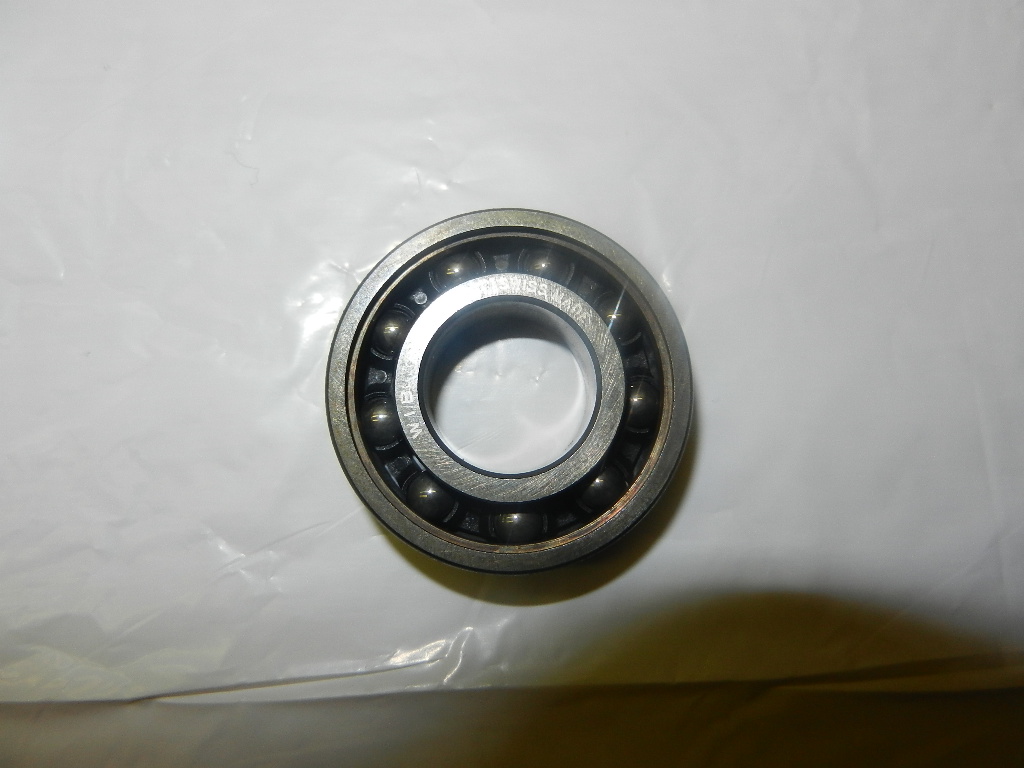I haven't played with many experimental nitro engines, but have been a student of them for around 60 years. By first, and only, design is pictured below from my high school days. In my series on the nitro engine I emphasized the importance of friction especially as engines get smaller. The first big improvement was the ABC piston and liner. There's no question that various rear valve systems give more time area. However, they all come with more friction than the front rotary valve. I wonder at what displacement the cross over between friction and more time area is.
Nitro Engine Articles:
namba.com/content/library/propwash/2018/october/14/
namba.com/content/library/propwash/2019/april/24/
namba.com/content/library/propwash/2019/october/4
namba.com/content/library/propwash/2020/april/4/
namba.com/content/library/propwash/2020/October/4/
Lohring Miller
Thanks for the links, I will work my way through them.
I agree the most efficient from a frictional loss point of view must be conventional crankshaft induction. In fact, anecdotally I have seen this play out with the tethered hydro's that we run.
I am talking exclusively about .21 engines here but what I mean is that .21 engines that are normally very successful in RC use fail to perform when used in tethered models.
modern examples being the Novarossi .21 DD and any CMB drum valve engine, they simply have never performed very well when used in a tethered model. The current fastest tethered engines are Novarossi's that have been turned around and had Zimmerman disk valve induction systems fitted.
The current British tethered hydro .21 record holder is a very good friend of mine and together we have tried every engine on the market. The Novarossi DD, in my opinion, is one of the greatest engines available in the class but when used without nitro we have never been able to get them to perform, they just seem to lack low down torque to enable the model to get up and plane. Also, no one in the tethered cars seems to use them either. instead, they go through the pain of turning around the older 16.26mm bore Novarossi engines and fit a Zimmerman disk valve induction
Of course, the DD is not designed for this kind of use but what we started to understand that was any engines with higher rotational friction had real issues performing.
Another engine we use is a Soloev .21, this is based on the older Novarossi 16.26mm piston and liners as well but they are turned around and use a longer connecting rod 32mm vs the normal 30mm
The Soloev is also available with drum valve induction or with Zimmerman induction. From trying all of these engines the Soloev with the disk valve induction was the best out of the box performer, in fact, Peter dirs broke the British .21 tethered record in 2017 that had been held for something like 20 years with the Zimmerman induction Soloev
It seems as though running engines with straight fuel (20% Castor, 80% methanol, 0% nitro) really highlights the difference between engines that have low and high frictional losses.
I spent some time looking at the bell valve design that Jim Allen used on his engines and I think it's a great alternative but to scale up to production is difficult as it's not been done before.
It's a terrible shame that Jim Allen, sadly, is no longer with us, I really would have enjoyed discussing these details with him and I am sure insight would have been very helpful.



















































